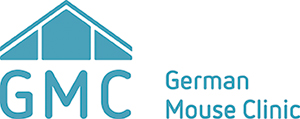Molecular phenotyping
Primary Screen
We offer RNAseq-based transcriptomics of one organ or tissue per mouse mutant line. Organs for transcriptome analyses are selected based on the interest of the collaboration partner prior to the arrival of mice at the German Mouse Clinic (GMC). Statistical analyses of the data include the identification of significantly regulated gene sets and the analysis of their functional annotation. We aid in the biological interpretation of the data by providing enrichment analyses using the Ingenuity Pathway Analysis software and publicly available tools like g:profiler.
As a standard, organs or tissues that may be selected for transcriptome analyses include brown (scapula) fat, subcutaneous fat, visceral (perigonadal) fat, bone (humerus), whole brain or brain regions (such as cerebellum, cortex, hippocampus, olfactory bulb, spinal cord, or striatum), eye, heart, kidney, liver, lung, muscle (thigh), pancreas, spleen, salivary gland, auricle (skin and cartilage), ovary, testis, and sperm. Organs and tissues are collected at the end of the GMC primary screen, and are frozen and stored in liquid nitrogen. A typical set-up for a project is the analysis of 6-8 biological replicates derived from the mouse mutant line compared to the same number of biological replicates of wild-type control animals.
Please contact us, if this scheme should be modified for your mouse mutant line.

